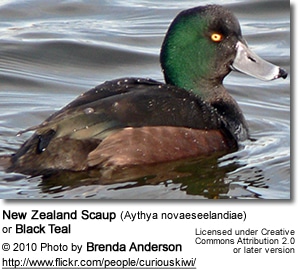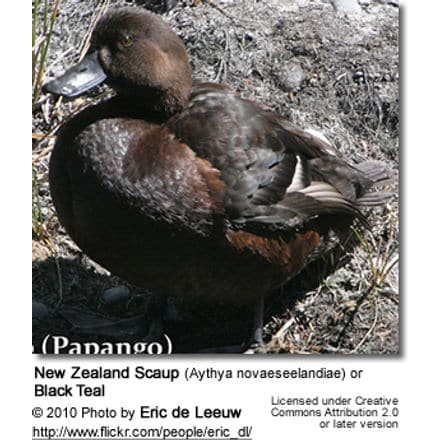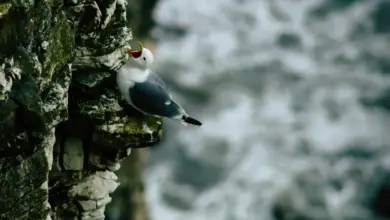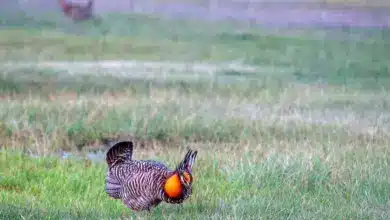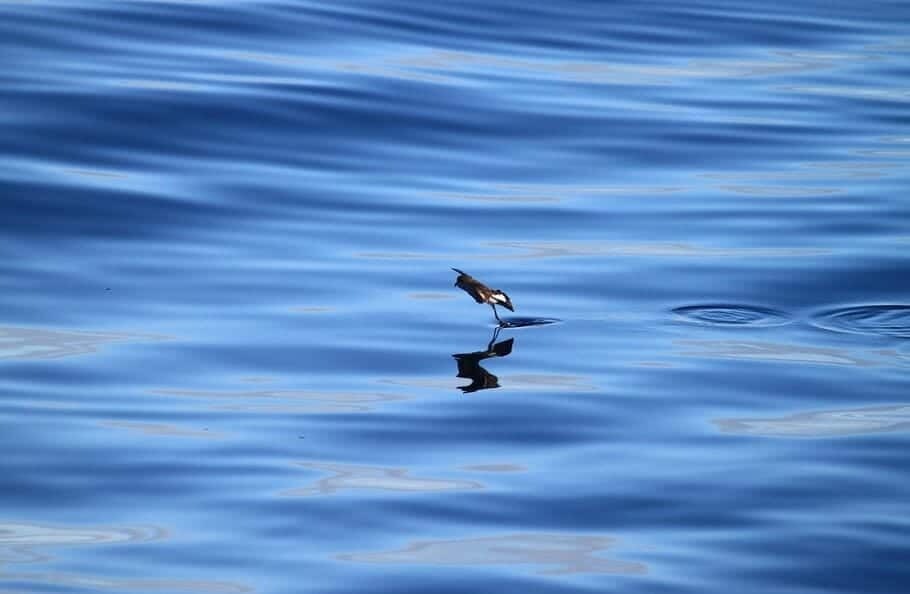New Zealand Scaup (Aythya novaeseelandiae)
The New Zealand Scaups (Aythya novaeseelandiae) commonly known as a Black Teal, is a diving duck species of the genus Aythya. It is endemic to New Zealand. In Maori commonly known as papango, also matapouri, titiporangi, raipo.

Description
Overall dark brown/black colors. The male has a striking yellow eye and a dark-colored (greenish) head. The female is similar to the male, but without the yellow eye and has a white face patch during breeding season. A white wing bar can be seen in both sexes when in flight.
Feeding
New Zealand Scaups are diving ducks and may stay down for twenty to thirty seconds and go down three metres to look for aquatic plants, small fish, water snails, mussels, and insects.
It is sometimes seen with the Australian Coot (Fulica atra); it is thought that the Scaup takes advantage of the food stirred up by the Coots as they fossick for shrimps.
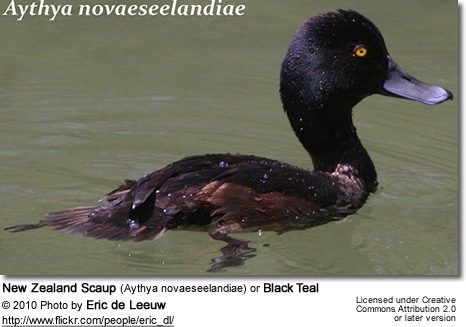
Distribution
Found throughout both the North and South islands of New Zealand in deep freshwater lakes and ponds. Unlike other members of this genus, this scaup is not migratory, although it does move to open water from high country lakes if they become frozen in winter.
Life cycle
They nest from October to March. They lay five to eight cream/white eggs in a nest close to water, often under banks or thick cover. The nest is usually lined with grass and down. The eggs are incubated for four weeks by the female. The newly hatched ducklings take to diving for food on their first outing.
Alternate Name: Black Teal
Relevant Resources
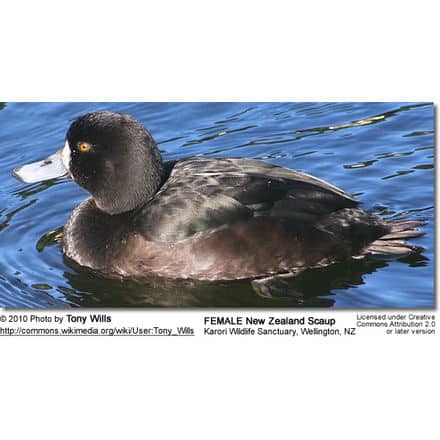
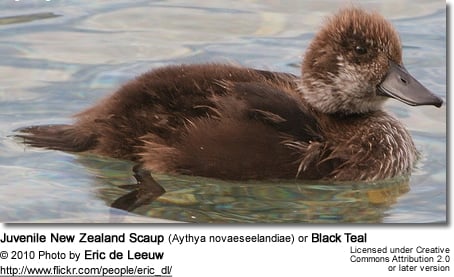
Diet / Feeding:
Ducks generally feed on larvae and pupae often found under rocks, as well as aquatic animals, plant material, seeds, small fish, snails, and crabs.
Feeding Ducks …
We all enjoy ducks and many of us offer them food to encourage them to come over and stay around – and it works! Who doesn’t like an easy meal?
However, the foods that we traditionally feed them at local ponds are utterly unsuitable for them and are likely to cause health problems down the road. Also, there may be local laws against feeding this species of bird – so it’s best to check on that rather than facing consequences at a later stage.
- Foods that can be fed to Ducks, Geese, and Swans to survive cold winters and remain healthy when food is scarce in their environment.
Please note that feeding ducks and geese makes them dependent on humans for food, which can result in starvation and possibly death when those feedings stop. If you decide to feed them, please limit the quantity to make sure that they maintain their natural ability to forage for food themselves – providing, of course, that natural food sources are available.

